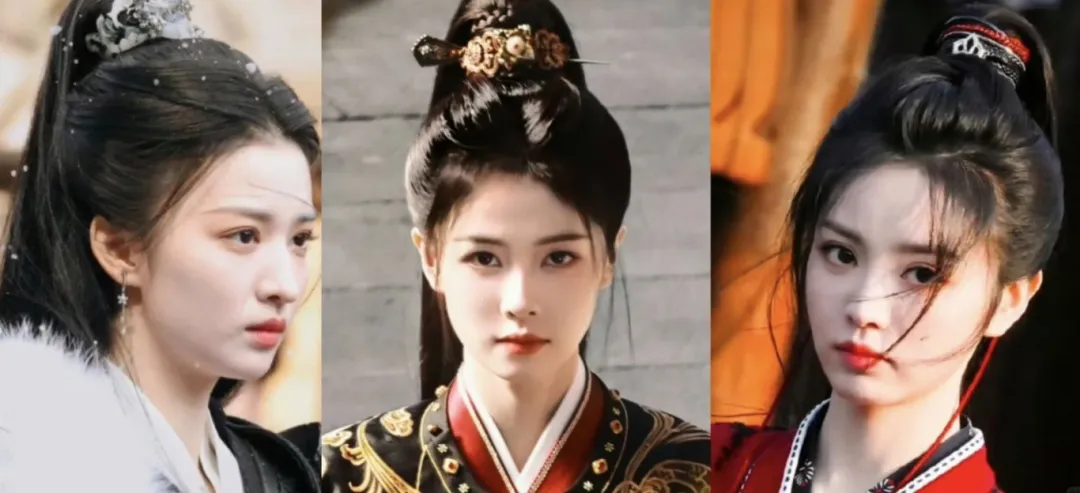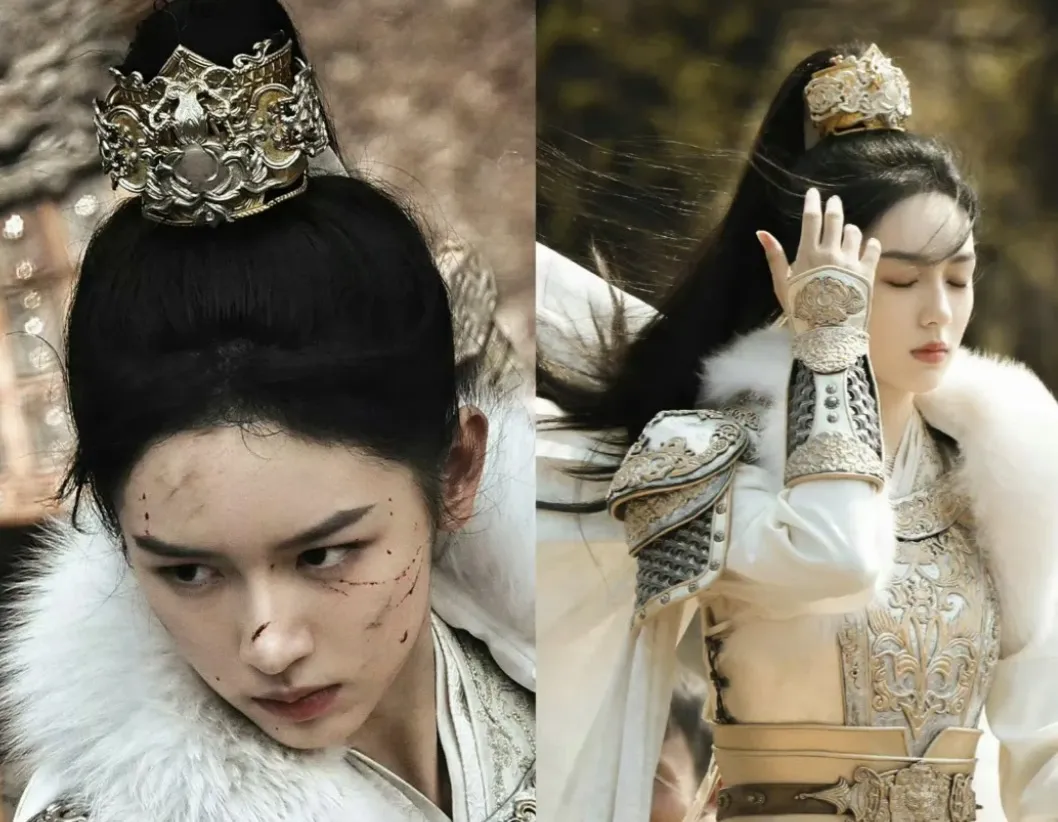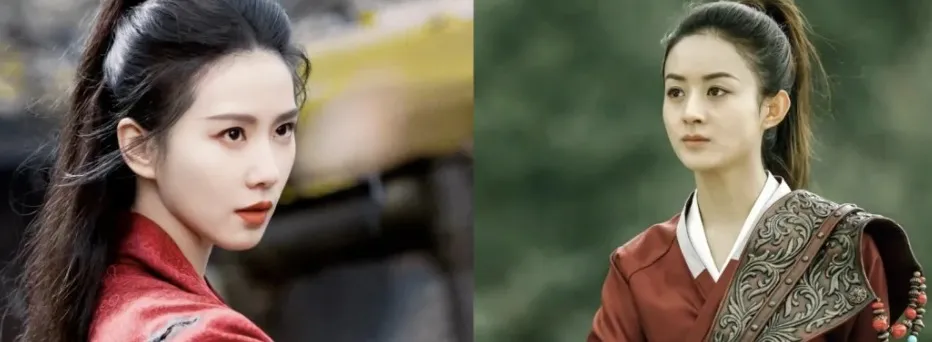It's unclear when it started, but almost all heroines and heroes in ancient - costume dramas now sport high ponytails, and the 'armor battle - damaged makeup' trend has also become popular. Netizens point out that high ponytails can actually hit the face during martial arts practice, which is quite painful. The mass replication of high ponytails and battle - damaged makeup not only risks causing visual fatigue but also likely puts pressure on makeup artists and stylists to create unique variations.
Let's revisit the costume drama styles of 50 years ago. The most classic is arguably the image from A Touch of Zen. In 1970, actress Xu Feng starred in A Touch of Zen, which catapulted her to fame and established her cold yet glamorous 'heroine' persona. Her character design featured a high bun, often paired with a headscarf or hat. Over her 15 - year screen career, she appeared in about 50 films, all as a heroine. This sleek attire and hairstyle conveyed an independent, self - reliant, and powerful image.
Looking at other classic films, heroines rarely wore ponytails. Even with updos or half - updos adorned with accessories, the styling showcased distinct personalities while still emphasizing their warrior - like presence. While ponytails are convenient for us today, thanks to elastic bands, they were impractical in ancient times. Ancient people didn’t use stretchy bands to tie their hair but relied on ribbons or cords, making high ponytails unstable and prone to unraveling. Styling hair in sections wasn’t any simpler than everyday hairstyles. Another issue is that ponytails easily collect dust. Brick paintings from the Wei, Jin, and Southern and Northern Dynasties show what might resemble ponytails, but these were typically wrapped with a cloth, leaving only a small section of hair exposed.
Instead of a ponytail with a hair crown, it would make more sense to use a 'Jinguo' (巾帼). Yes, 'Jinguo'—the term from the saying 'women can be as heroic as men' (巾帼不让须眉). Originally, it referred to a headdress before becoming a term for women. The earliest mention appears in The Book of Jin: Chronicles of Emperor Xuan, where Zhuge Liang repeatedly challenged Sima Yi, who refused to engage, prompting Zhuge to send him a woman’s headdress as an insult.
So, what exactly is a 'Jinguo'? One theory describes it as a frame made of metal or thin bamboo, wrapped in colorful long scarves, exclusively worn by women since the Han Dynasty. Here, Jin and Guo are separate, with Guo serving as the base. Another theory suggests it was a headscarf, often depicted this way in comic books. Unfortunately, due to perishable materials, few physical 'Jinguo' artifacts survive. However, relics like the Western Han Changxin Palace Lamp and Eastern Han nursing figurines vividly depict the elegance of Han Dynasty women wearing 'Jinguo'.
Mentioning 'heroic women,' you might recall legendary figures like Fu Hao, Hua Mulan, Lady Xian, Mu Guiying, Liang Hongyu, and Qin Liangyu—each name inspiring awe. But you wouldn’t want all of them to appear with high ponytails, which is why we wrote this article. We should pay more attention to historical and cultural accuracy in ancient - costume dramas, and not simply rely on a single styling trend.





